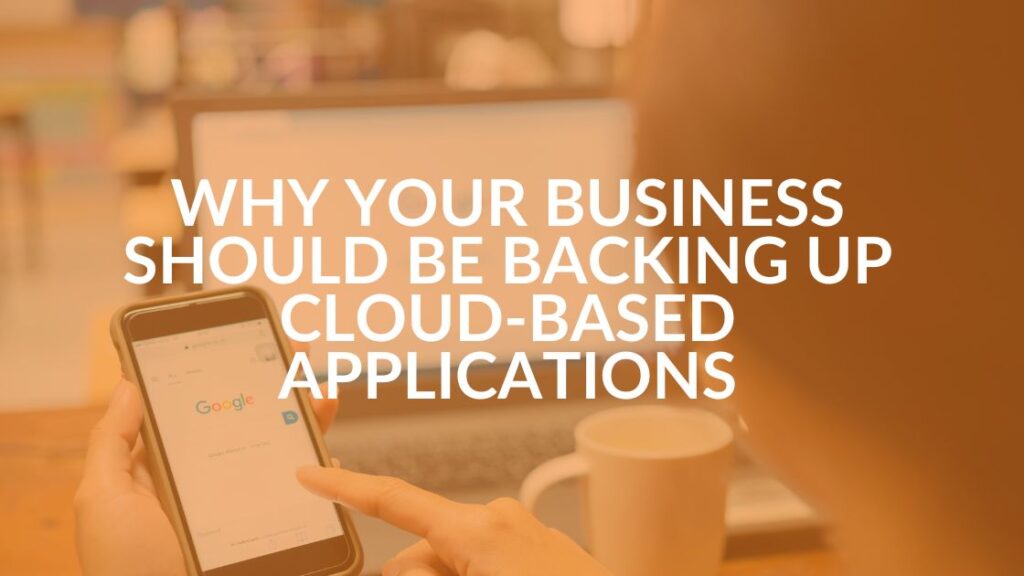What Are Managed IT Services? A Simple Guide

Whether you are a part of a large corporation or a smaller business, you likely have run into IT issues or have felt the need to keep up with rapidly changing technology. Sometimes, the needs just can’t be handled with internal hires. Fortunately, managed IT services, or managed service providers (MSPs) offer a solution by providing comprehensive IT support and management.
What Are Managed IT Services?
Managed IT services involves outsourcing the management and support of a company’s IT infrastructure to a third-party provider like Intrust IT. Leveraging these services lets your organization focus on core business functions while the managed service provider takes care of IT tasks like security, maintenance and upgrades. MSPs typically work remotely on your organization’s IT, but may also offer onsite services.
Managed IT services have been available since the 1990s, coinciding with the emergence of application service providers (ASPs). They offered remote application hosting services allowing organizations to access IT support without the need for on-site assistance. Over the last few decades, this has evolved into the MSPs and services we know today.
Types of Managed IT Services
You may be curious what managed IT services are provided. Every MSP has a variety of services, but in general, you can expect:
- Remote IT infrastructure, which involves the remote management of workstations, mobile devices and servers. Your MSP will monitor system performance, address potential issues and ensure optimal functionality
- Security services that protect businesses against the myriad cyber threats plaguing businesses. This protection can include monitoring, threat detection and more.
- Managed end user services, which are typically offered as help desk support to resolve technical issues faced by employees and customers. Your MSP will help with operating systems, software installation, connectivity and more.
- Onsite IT services, which sometimes involve sending technicians to your location for tasks such as equipment installation, maintenance or site assessments.
- Cloud services, which include consulting, migrations and implementation of cloud-based solutions.
- Project-based managed IT services, which are helpful if you need extra resources to complete specific IT projects. An MSP can provide expertise or support for many projects like major software implementations or special projects.
- Managed backup to keep your organization’s data safe. This critical service includes data backup and disaster recovery planning to ensure business continuity.
The Benefits of Managed IT Services
Managed IT services offer numerous advantages to businesses of all sizes. By partnering with an MSP like us, your organization can:
- Close internal skill gaps: You’ll gain access to a team of skilled IT professionals with a wide variety of expertise to bolster your internal resources.
- Get reassurance and service guarantees: Your MSP should provide service level agreements (SLAs) that outline the scope of services and ensure accountability.
- Improve productivity: With MSPs handling routine maintenance and support, internal IT teams can focus on strategic initiatives that drive business growth.
- Save money and accurately predict costs: Predictable pricing models help businesses manage IT expenses more effectively, reducing the need for large capital investments.
- Be supported 24/7/365: Managed IT service providers often offer round-the-clock monitoring and support to ensure systems are always operational.
- Reduce dependence on institutional knowledge: Comprehensive documentation and standardized processes minimize reliance on individual employee’s expertise.
What Are Managed IT Service Providers? We are!
Managed IT services are an essential part of modern business operations, giving you the tools and support your organization needs to thrive. By outsourcing your IT management needs to a trusted MSP like Intrust IT, you’ll notice streamlined operations, enhanced security and the ability to focus on what you do best. If you are ready to improve your efficiency and reduce your IT-related stress, book a meeting with us.
Share this Blog

Is Your Name or Birthday a Part of Your Password?
If so, you’re a part of the 59 percent of people who don’t follow proper password hygiene. More than 70 percent of passwords are used for more than one system, meaning if cybercriminals crack one, they can access a lot more accounts.
Our free Enterprise Password Management Guide will give you the best password hygiene practices to help you secure your computer and your business.
Download the Guide
Explore the Latest Trends in IT

Microsoft 365 and Google Workspace: The Importance of Backing Up Your Cloud-Based Applications

AI Guiding Principles

Edge vs Chrome Security: Which Is the Best Browser for Your Business?




